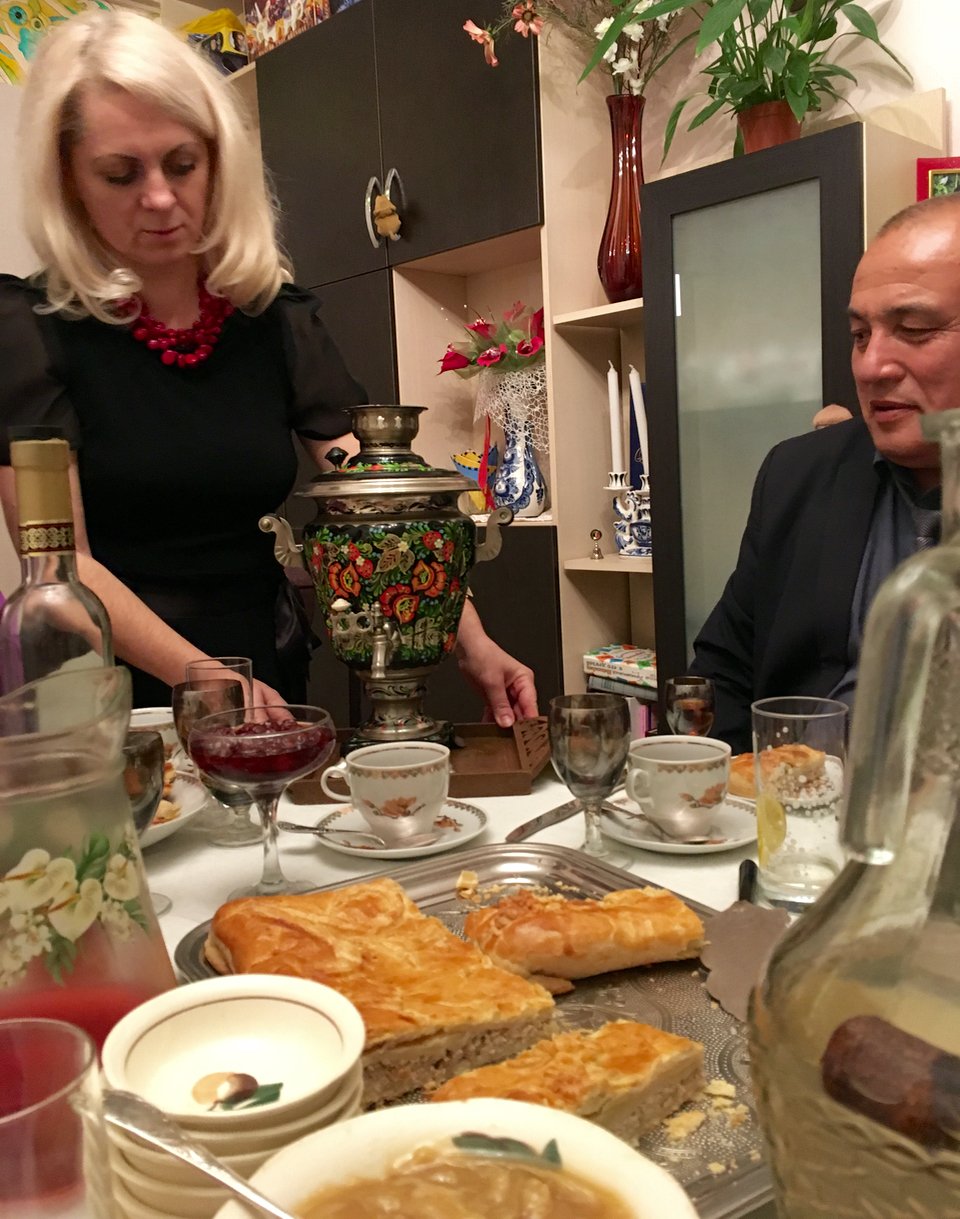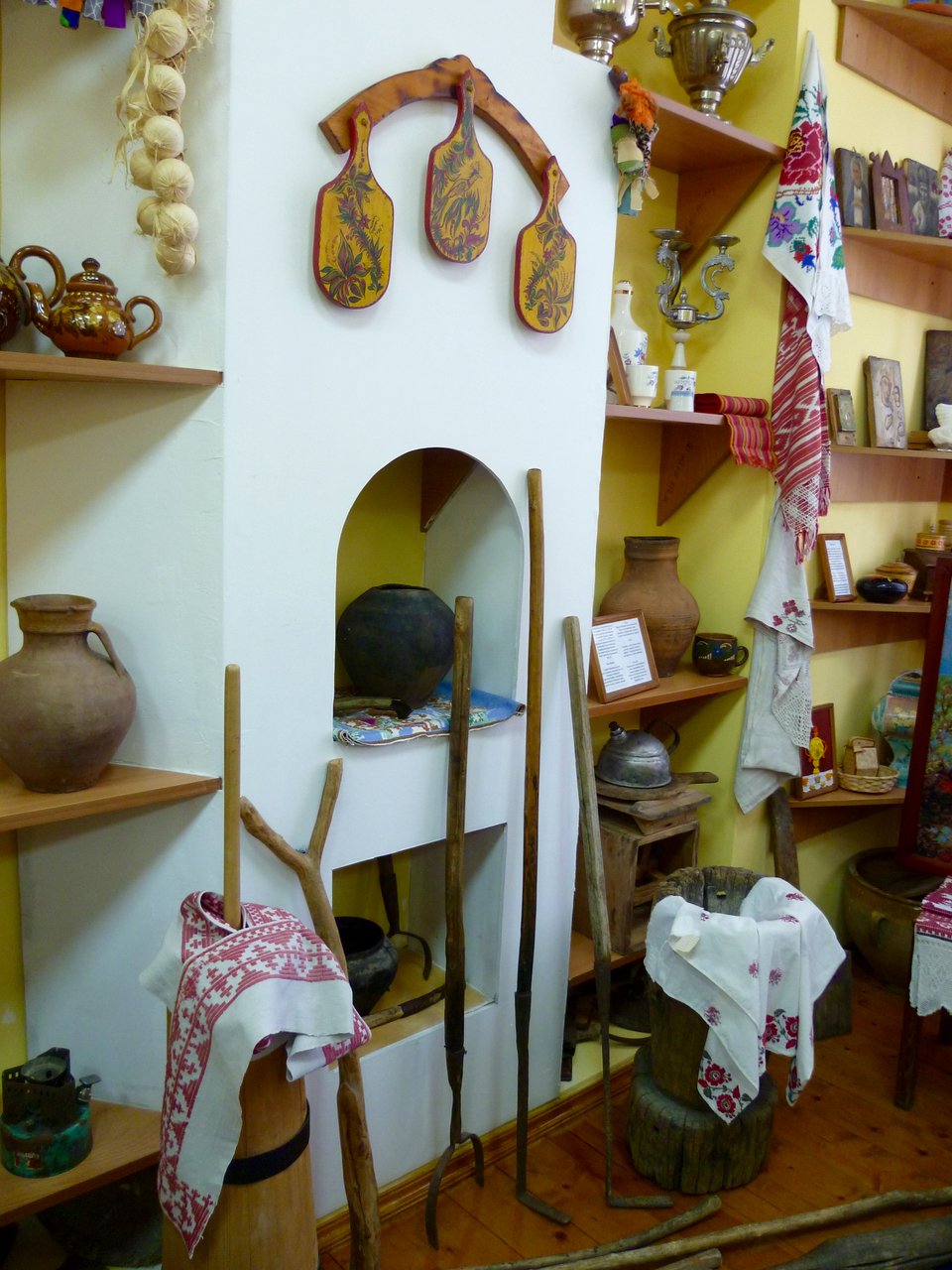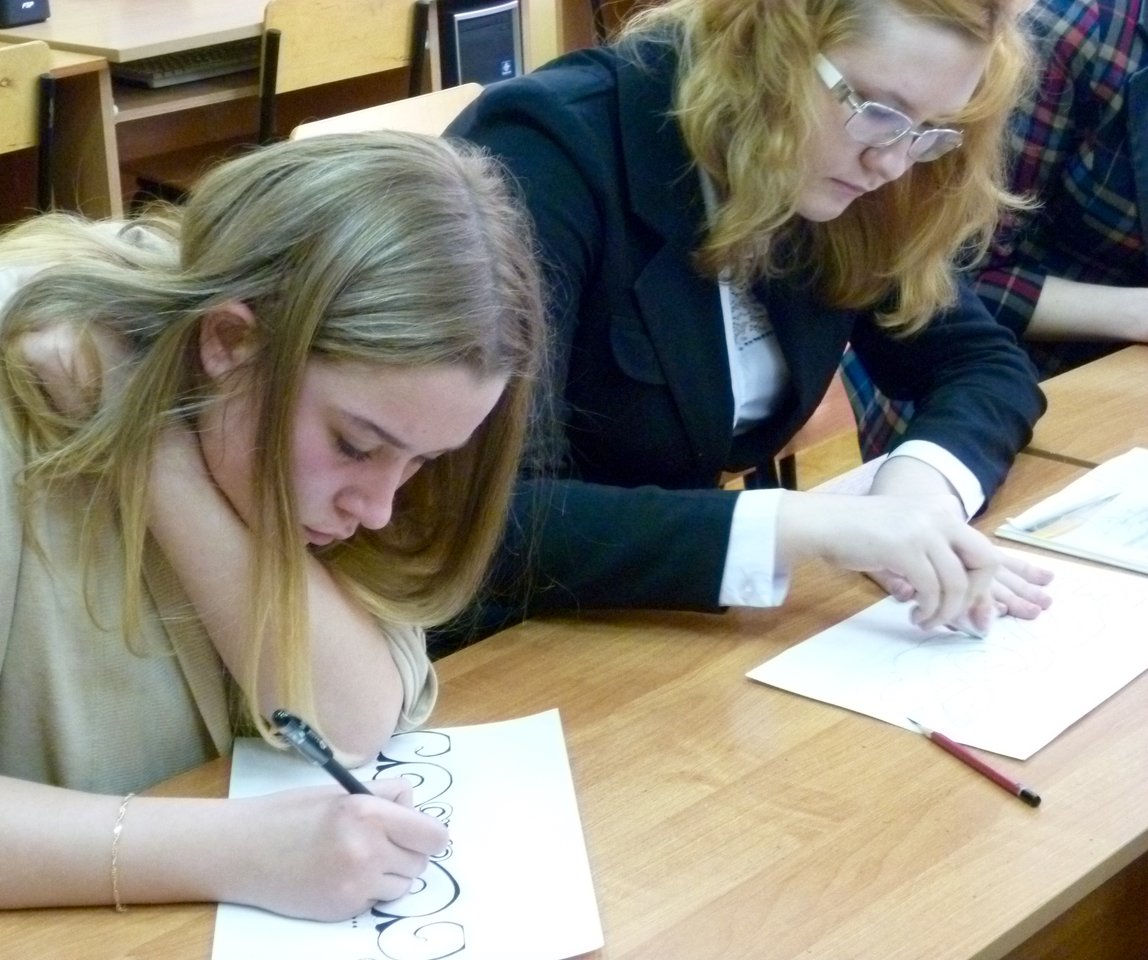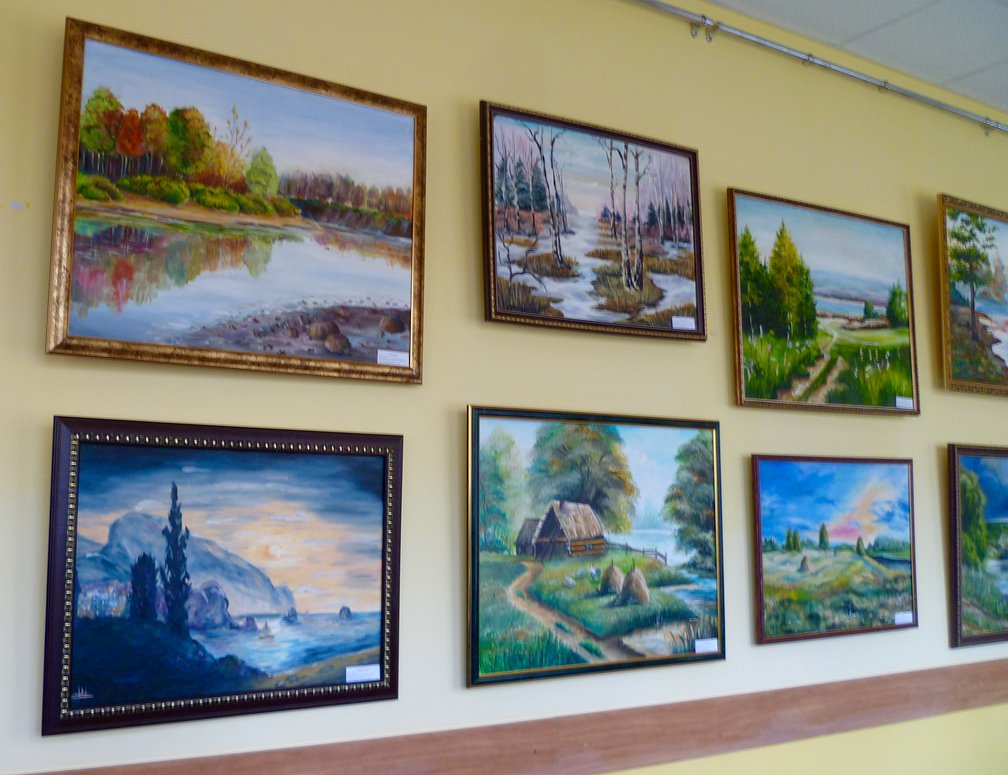Always say yes
It doesn’t matter that I came here to research migration issues. If I’m really honest about why I’m here, it’s to have a break from my lawyering and luxuriate in all-Russia-all-the-time immersion. So when people ask me to participate in something, I automatically agree. No matter what it is. This is how I wound up giving a presentation on arts education at a conference last week. In case you’re just beginning to read this blog, I should mention that I have no connection whatsoever to the arts; I’m a childless immigration lawyer. But, again, my standard answer these days is, “Yes.”
That is how I became a plenary speaker at the conference “The Scientific-Methodological Underpinnings of Educational Programs in the Arts.” I managed to pull together a presentation based on the University of Arizona’s innovative “First Year Experience” for arts majors. Basically, the university requires all undergraduate arts majors to sample a little bit of everything in the visual arts: drawing, painting, sculpture, print-making, graphic design, video and performance art. Then in the remaining three years of study students focus on their area of specialization. The degrees offered prepare students for careers as art teachers, museum curators, graphic designers, and studio artists. I also included a little bit about the costs of this education: over $12,000/year for in-state students. There was an audible gasp when I showed that slide.
But the day started out on an interesting note even before I got to the conference. The organizer, Anzhela, sent someone to pick me up at my apartment and walk me to the university. The arts department is in a different area of town from the main campus of the university where I work, so this was very helpful and my guide turned out to be a puppeteer named Andrei. We exchanged phone numbers so I can learn more about his puppetting (puppeteering? puppetmastering?). I’m anxious in particular to hear about one of his projects in which he used puppets to help some Polish educators teach English. I now have my own personal Geppetto.
But anyway, back to the conference. I was given a little tour of the department and got to see many of the students’ works. Most of them seemed super-traditional to me.
The teachers explained that the purpose of the courses at the university is to provide a firm foundation in classical methods such as still lifes, portraiture, and landscapes. Abstract art seems to occupy a minor place in the curriculum. Andrei explained that he sees American art as fixating on two extremes: either the hyper-realism of photorealism or the complete divorce of the art from seen objects, i.e. abstractionism. In his opinion this is a problem that has arisen as a result of our American lack of grounding in traditional concepts.
I don’t know enough about art to express a firm opinion, but from my American eye many of the works were very, very conventional. I contrast this to the works on display at the undergraduate gallery at the University of Arizona. I’m sure someone could write an entire dissertation on different theories of art education, but the emphasis here definitely seems to be on classical technical skills, while the focus at the University of Arizona seems to be on imagination. It would be fascinating to explore this.
This arts school also educates its students in folk and decorative arts, particularly those with deep roots in Russian culture. To my knowledge, this is not something that is explored in the University of Arizona’s program.
Next, the generous hosts treated me to a hearty lunch in the university’s fancy dining room. My salad was notable in that it contained exactly one pea. The visiting scholar from Uzbekistan presided over the toasts and I got a little bit tipsy as I explained why I love spending time in Russia so much. I am evolving in my manner of explaining my Russoholism– now I explain that I was curious after the fall of the Iron Curtain. I think that’s at least partially true.
Our day continued with a city tour– my first by bus. We went to one of Belgorod’s suburbs so we could visit the oldest oak tree in the area– it’s over 300 years old and was planted soon after the official founding of Belgorod.
Then we saw a very shiny church and visited the Panorama museum about the defense of Belgorod during the war. The Panorama museum deserves its own post so…stay tuned! We also stopped by the Pushkin library to see an exhibition by the late Nadia Rusheva, a girl who, in her short 17 years, created over 10,000 works of art. She would draw and paint while her father read her stories, so she wound up making many illustrations for Pushkin stories and for the novel The Master and Margarita. Apparently, she never made sketches and did not erase much; all of her works are first drafts. Some have speculated that she is lucky that her talent was not subjected to official instruction– the idea being that her unique perspectives would have been trained out of her by teachers obsessed with classical form.
I was told we would be heading to a cafe, but instead Anzhela had us over to her home! This is embarrassing because I did not bring any gifts and felt awkward. Meanwhile the gentleman from Uzbekistan clearly knew what was up because he brought gifts for everyone, including me, and drinks and nuts and dried fruits. I hang my head in shame. Anzhela had gone to incredible lengths for this dinner– she asked among her friends to find someone whose grandma still makes homemade liquor, and found someone else whose mother pickles their own mushrooms. She and a professor from the institute sat up all night folding dumplings by hand and she scoured the city for the most luxurious fish pie.
Early the next day our conference continued at the Yakovlevsky Pedagogical College, in the little town of Stroitel about 15 miles outside of Belgorod. Again, the purpose of my presence there was unclear, so I just tried to talk about how expensive education is in the U.S. The reason I did this is because I had caught on to Anzhela’s purpose: she was recruiting students for her own program back in Belgorod. A “college” in Russia is something you attend after high school but before university. It’s kind of like a community college in the United States except that community colleges are usually more generalized in their educational approach while Russian colleges are profession-specific. This college focused on preparing elementary school arts teachers. Anzhela, since she teaches at a university, would love to get some of these students once they finish college. They will be more advanced than some of the pure beginners the university currently admits. Plus, she brought some good news: for the next year, there were 20 government-paid spots open, meaning that 20 lucky students could get their university degree for free. After telling the students about how expensive education is in the U.S., I told them I thought they would be crazy to pass up the opportunity Anzhela was offering them.
Like the University, there was an emphasis on traditional Russian crafts and classical styles.
But a key difference was the kinds of jobs some of these students would have. According to the teachers, their students were among the most sought after for all kinds of jobs: police, food service management, construction foreman, etc. Pedagogical training is the first thing these professions look for. So while it may seem odd, many of these students will actually go on to jobs that have nothing at all to do with children or art.
We were treated to a delightful tea with the teachers, who gave us gifts made by the students.
This trip made me think for a long time about art and education, two things I don’t generally devote much brainspace to. My upstairs neighbor, practicing her piano, provided the soundtrack to my musings and I felt truly enriched by everything I had seen. In the United States, we have sacrificed the arts. In Arizona, at any rate, they are rarely taught at the primary or secondary school level. But Russia believes that arts education training creates good police officers and industrial managers. They could be right, you know. It’s something we need to think about.
















